Ready to Get Rid of Varicose Veins? Here is How (3 of 3)
Advertisement
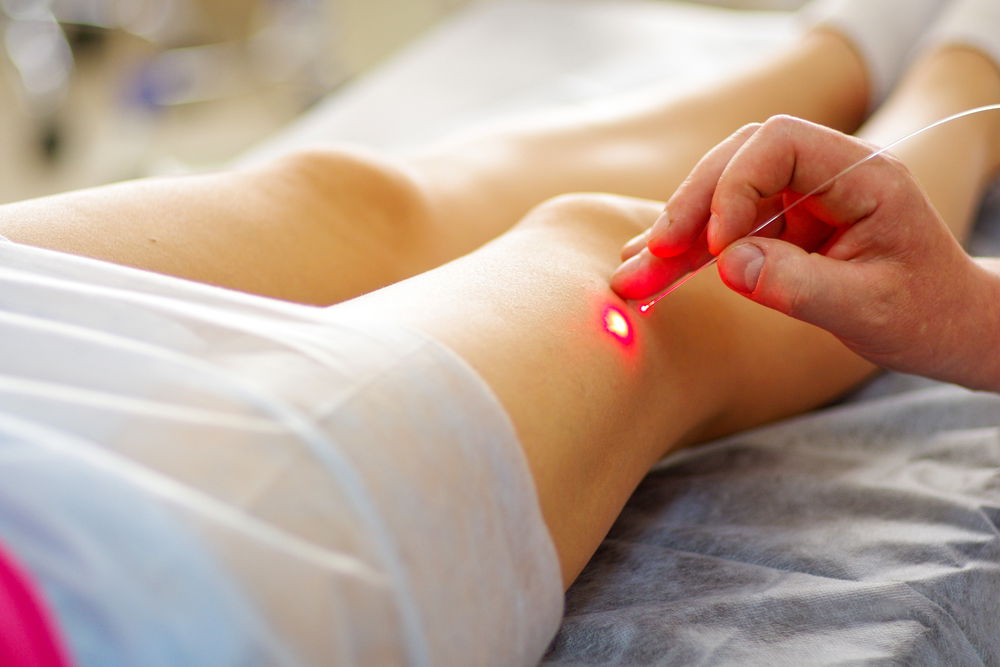
1. Endovenous Laser Ablation (EVLA)
EVLA is a minimally invasive procedure that uses laser energy to treat varicose veins. The surgeon inserts a thin catheter into the affected vein, guided by ultrasound. The catheter delivers laser energy, causing the vein to close and collapse. The body then reroutes blood to healthier veins. This procedure is performed under local anesthesia and offers a faster recovery time compared to traditional surgery.
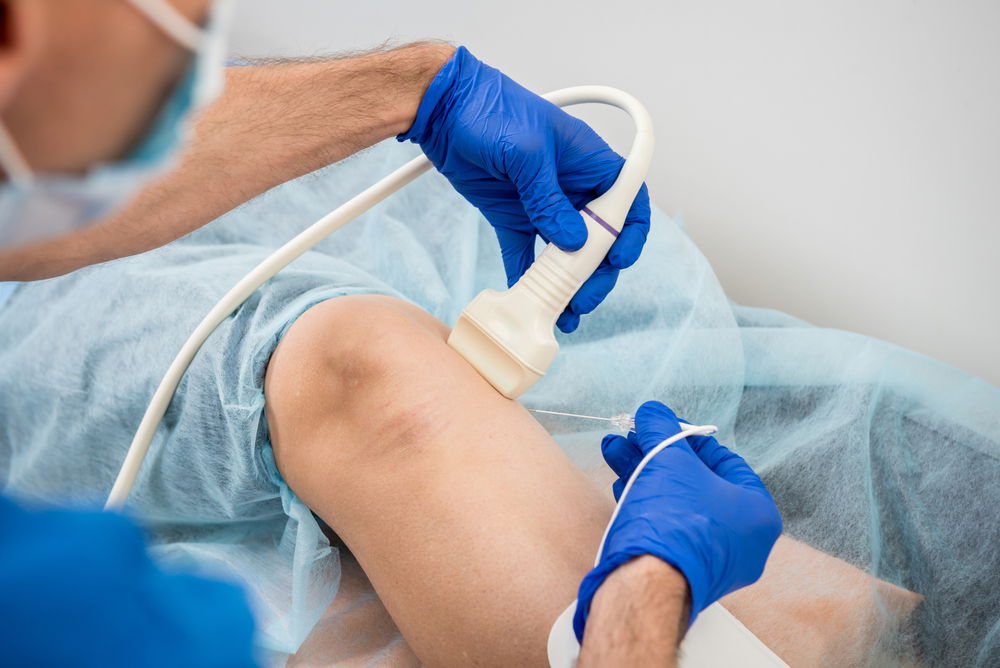
2. Radiofrequency Ablation (RFA)
Similar to EVLA, RFA uses radiofrequency energy instead of laser energy to close off the affected vein. A small catheter is inserted into the vein, and the radiofrequency energy heats the vein walls, causing them to collapse. The procedure is minimally invasive, performed under local anesthesia, and has a shorter recovery time than traditional surgery.
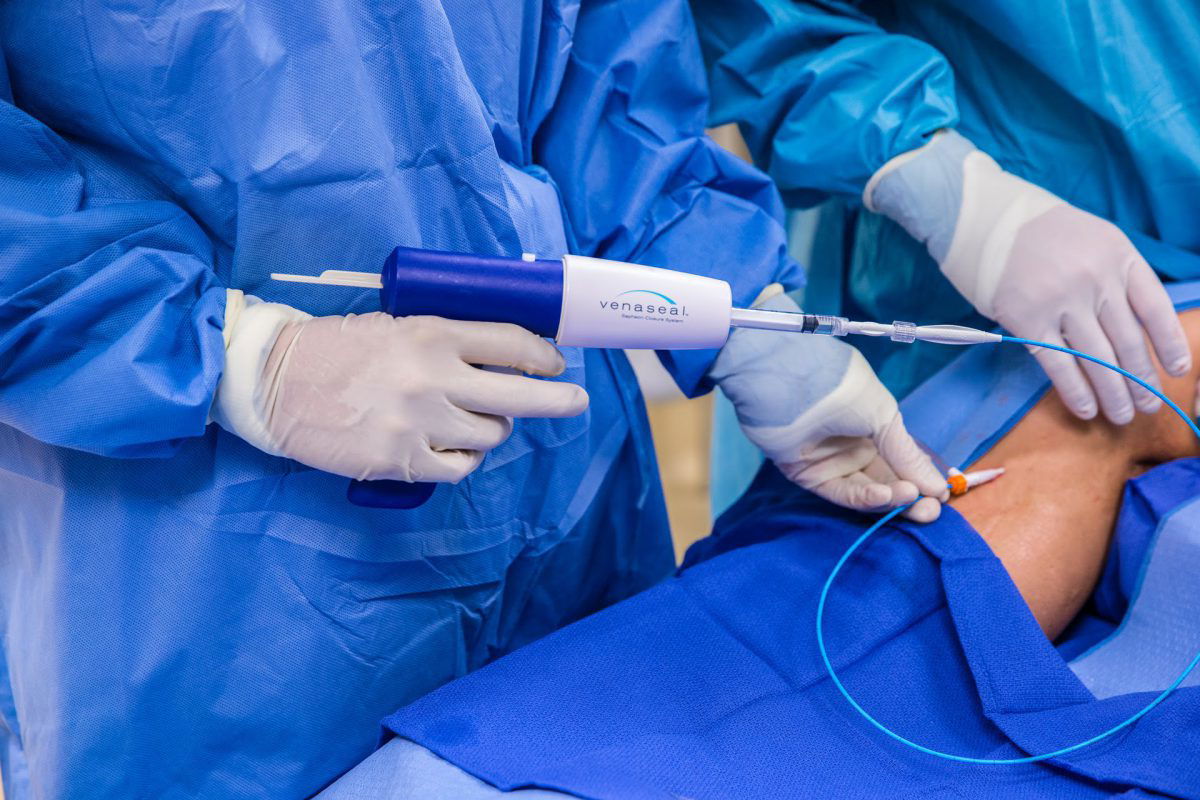
3. VenaSeal
VenaSeal is a cutting-edge, minimally invasive procedure that uses a medical adhesive to close varicose veins. The surgeon inserts a small catheter into the affected vein and injects the adhesive, sealing the vein shut. The body then reroutes blood to healthier veins. This procedure requires no anesthesia and has a quick recovery time, with most patients resuming normal activities the same day.
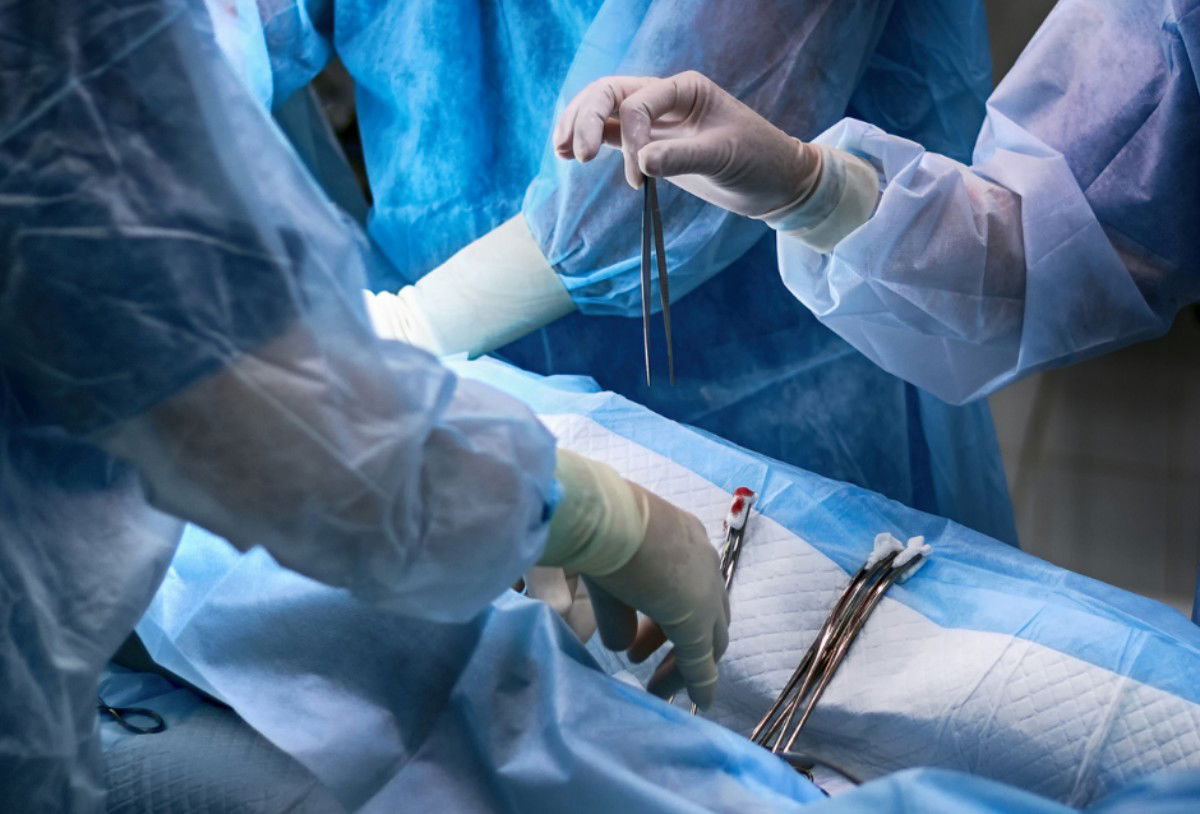
4. Ambulatory Phlebectomy
Ambulatory phlebectomy is a minimally invasive procedure in which the surgeon removes varicose veins through small incisions in the skin. This technique is suitable for the removal of large, superficial veins close to the skin’s surface. The procedure is performed under local anesthesia and requires no stitches. Patients can generally return to normal activities within a few days.
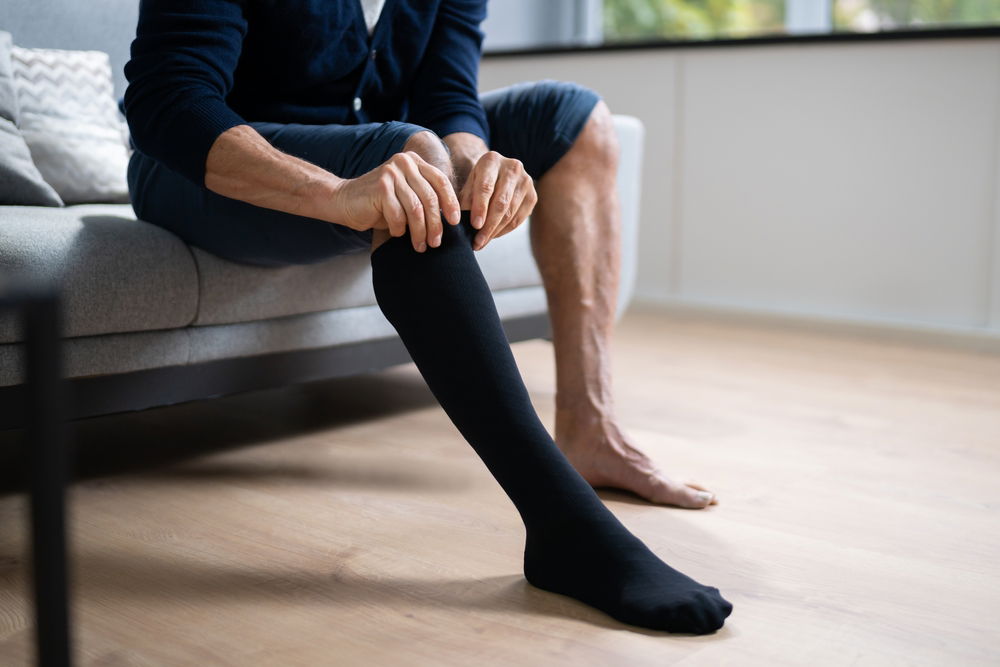
5. Endoscopic Vein Surgery
In cases where varicose veins have led to skin ulcers, endoscopic vein surgery may be recommended. During this procedure, the surgeon uses a tiny camera inserted through a small incision to visualize and close the affected veins. The surgeon may also remove any damaged tissue around the ulcers. This procedure is performed under general anesthesia and may require a longer recovery time than other minimally invasive techniques.